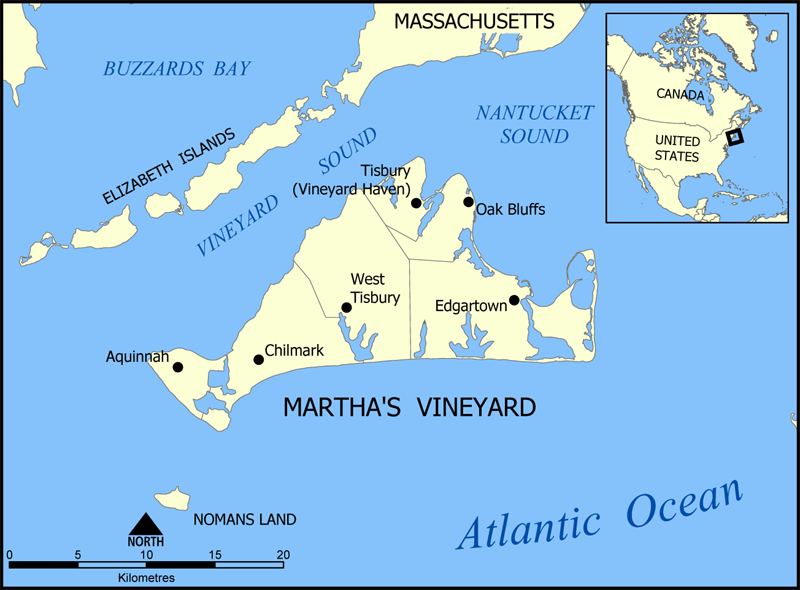 Saying goodbye to the greatest of memories at Tisbury Great Pond (West Tisbury, Martha’s Vineyard, 1970s to 2014): Whatever you think of today’s “summering” Martha’s Vineyard – when the population on the island swells from 16,000 to over 100,000 – whether you’ve been one of those visitors or aware of luminaries who are – you’ll find the old Vineyard nostalgically, lovingly memorialized here.
Saying goodbye to the greatest of memories at Tisbury Great Pond (West Tisbury, Martha’s Vineyard, 1970s to 2014): Whatever you think of today’s “summering” Martha’s Vineyard – when the population on the island swells from 16,000 to over 100,000 – whether you’ve been one of those visitors or aware of luminaries who are – you’ll find the old Vineyard nostalgically, lovingly memorialized here.
To the New Owners is a love letter to the “kind of childhood people used to have before they were born,” reflects non-fiction author Madeleine Blais, a Pulitzer-Prize winning journalism professor. No surprise then that she writes with a reporter’s eye for details and the lyricism and pathos of a novelist.
Paying “tribute to what is best about summer, its power to lull, its essential sleepiness,” full of gratitude for thirty-some years of incomparable summertime memories, Blais’ memoir is also a eulogy mourning the “end of an era.”
“How can you pack a view?” the wistful memoirist asks. How can you whittle down a lifetime’s worth of memories? So many interesting, heartwarming, campy anecdotes about so many people, family and friends, in under 300 pages. Yet she does, and the result is a reader’s delight.
That’s not to say everything was rosy, as Blais points out: the island’s social problems, unpredictable New England weather and other nature foes, lack of creature comforts. First and foremost though is being a “trooper” not a “princess” to abide by the mantra of Blais’ summertime “shack” – not hers but owned by her illustrious in-laws – that “everyone’s job was to have a good time.” To “err on the side of having fun” is something this large, good-natured, appreciative bunch knows how to do quite well. Infectious, if only we were one of the fortunate invited for a stay by the benevolent owners, Nicholas and Lydia Katzenbach.
If you’re of the baby boomer age, the Katzenbach name will at the very least ring a bell. As it should. Nick Katzenbach, one of David Halberstam’s “best and the brightest,” is etched in the legacy of the civil rights movement. As Deputy Attorney General under the Kennedy administration, he was the government’s face in the segregation standoffs at the Universities of Alabama and Mississippi.

Vivian Malone registering at the University of Alabama, with Katzenbach in the crowd, 1963
By Warren K. Leffler, U.S. News & World Report Magazine
Restored by Adam Cuerden, via Wikimedia Commons
Under the Johnson administration, Nicholas Katzenbach essentially wrote the Voting Rights Act. He also defended the legality of the Vietnam War, which led to a public rebuke in the Vineyard Gazette, from which the author often quotes, a stark contrast to the island’s “respect for privacy.” The beautiful island is a beautiful hideaway for that very reason.
Of all the famous people on the island, this humble man who had the “means to create this haven,” and “the heart to share it,” is a favorite. So, while one of the ways the author characterizes perceptions of the Vineyard culture is “stuck up” – it would be impossible to write an authentic narrative about all the comings-and-goings at this cherished summer retreat and on the island without mentioning some of the notables, which the author does – please don’t form the wrong impression about these spirited souls whose spirit is charmingly laid down here. For all their celebrity, actually because of it, they seem like some of the most down-to-earth people you’ll ever meet. Who doesn’t admire a couple who found doing the dishes together “romantic”?
Equally smitten with her mother-in-law and her “bohemian outrageousness, the author admits Lydia was a “formidable” force who “intimidated” her. Everything from “regal to renegade,” she was independent-minded, not a trophy political wife. She became a psychoanalyst after the couple left Washington; former patients stayed in touch. Although the author and her mother-in-law came from entirely different backgrounds, they shared a desire for a “large, less claustrophobic, less rule-ridden world.” Precisely what you’ll find at Thumb Point.
Depicted as the “slow rhythm of a place that lives off the land and sea,” this summer “house loved with an extravagant love” sits like a big thumb on 5.5 secluded acres overlooking a sublime tidal pond barely separated from the Atlantic Ocean. In fact, several times a year the thin strip of beach and barrier is “cut,” flooding a Great Pond with saline ocean waters ecologically favorable to shellfish. A stunning vista:
“The world was in layers – the blue gray of the pond, the beige lip of sand in the distance, the different blue of the ocean, and yet another blue for the sky – an orgy of horizons, interrupted now and then by white birds, white foam, and white clouds.”
Who wouldn’t be forlorn when Lydia decided to sell the property due to her declining health, two years after the death of her husband? With grace and enormous gratitude, Blais thanks her father-in-law for having the vision to purchase the property in the ‘70s for $80,000, sold in 2014 for $3 million, yet priceless to those who became “lighter” there, “less burdened.” She muses on how the new owners could possibly understand what the sale meant to them? The letting go, physically and emotionally. Gone was the spontaneous, timeworn, and beloved. Grazed down to make room for a conspicuous glass behemoth with a planned-for lap pool and faux meaning. Mourning not just “for selfish reasons but for the passing of time.” Which makes the memoir an ode to all of us who miss “simpler, younger times, and moments of great kid enthusiasm.”
Blais attributes her detailed recollections over decades to eight nautical logbooks published by A.G.A. Correa & Son of Maine. Initially, these were intended to be guest journals, but “thanks to the logs the muddle of time was less muddled.” Many vacationers were writerly types, so many entries are witty and poignant. A sampling will give you a sense of that, and how blessed everyone felt after sojourning by Tisbury Great Pond:
“There may be other places in the world that are as beautiful, but I doubt there are any that are more beautiful.”
“If this is a dream I hope to never wake up.”
“I can think of no other place I’d rather go out and not catch fish.”
“There’s no such thing as too much of a good thing.”
No doubt the logs refreshed and enriched the author’s remembrances, but it seems doubtful she forgot socializing with Katherine Graham, also legendary for her dinner parties, or the warmth of friendship with frequent guests, Philip Caputo, also a Pulitzer-Prize winner, and his wife Leslie Ware, Consumer Reports editor who gave top-rated annual assessments like her final one: “best beach house ever, RIP, Thumb Point.”
Sure sounds like it was! A place with “beauty and quiet and melody” marvelously in tune with this fun-loving, zany crew with a zest for life. They love children, dogs, fishing, crabbing, clambakes, storytelling, board games, trivia contests, Humphrey’s pies, Mad Martha’s ice cream, Black Dog Bakery’s treats, seafood markets, dream auctions, dreams …
If you’ve visited the island, you can attest to its memorability. The author evokes the island’s six towns, each with unique character, as fresh and flavorful as if your visit was yesterday.

Map created by NormanEinstein, July 18, 2005, via Wikimedia Commons
Similarly, the beach house is also a unique character. Complete with a range of emotions humans experience: joie de vivre, love, playfulness, wishful thinking, devotion, attachment, heartache.
Now it’s our turn to say thanks to Madeleine Blais for allowing us to bear “witness to all the beauty mingled with goodwill and hope.” A treat as tasty as the island’s fabled sweet treats.
Lorraine